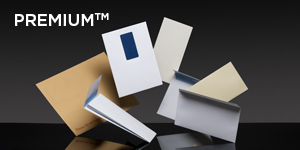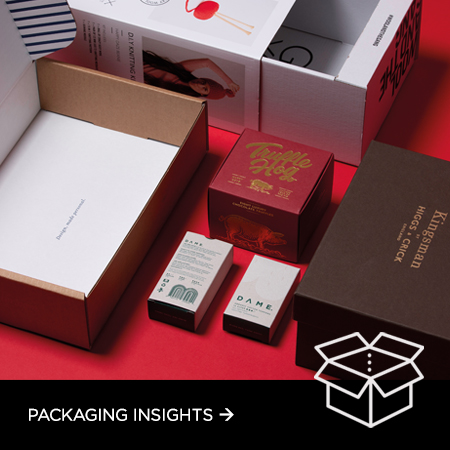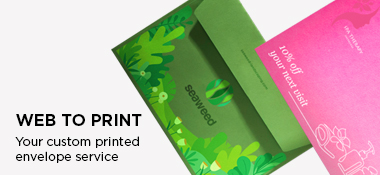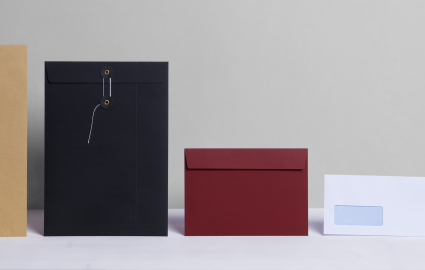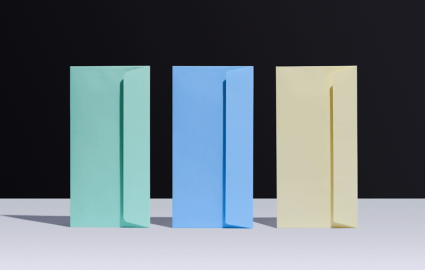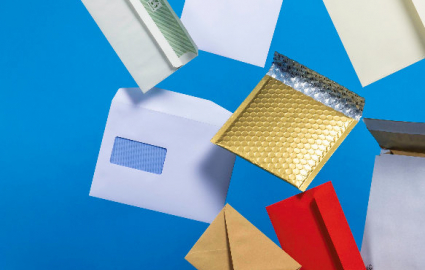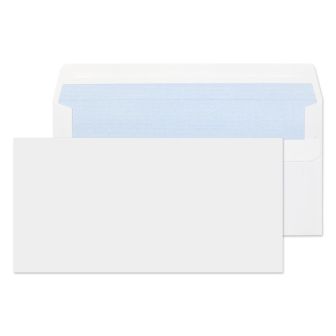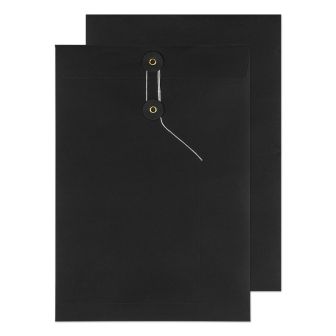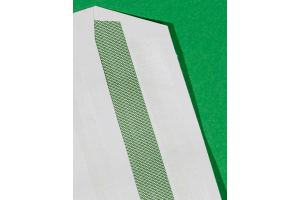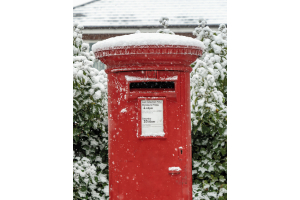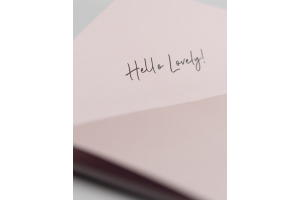
The humble envelope, carrying the joy of greetings cards to the nerves of exam results, for any occasion the envelope has proved a long-lasting servant to ensuring contents remain protected.
Ever ones to indulge our curiosity, we’ve taken a look at the history of the envelope, and have found out some rather fascinating examples. So let’s take a look at envelopes through the ages.


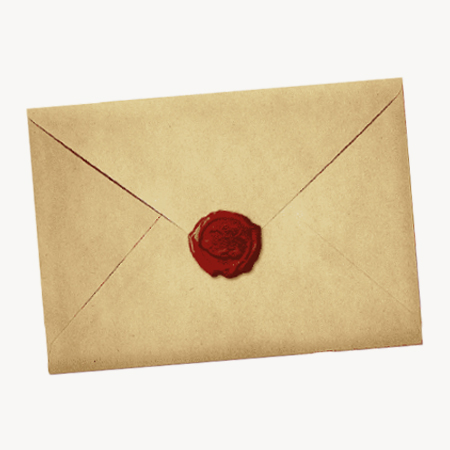



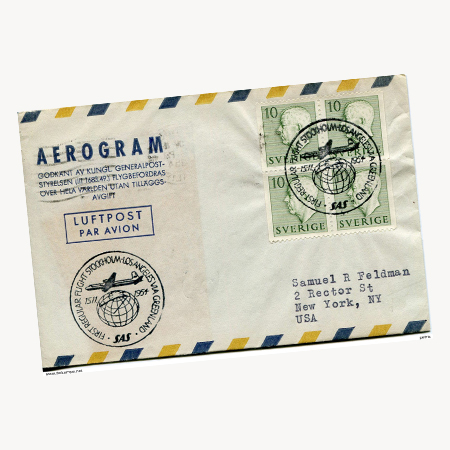

Much to many peoples surprise the first envelope wasn’t actually made of paper. Way back in approximately 2000 BC, the Babylonians have been credited with developing the first known envelope, made out of clay (yes clay!). The Babylonians folded the clay around the documents and then baked them to create a hard shell!
Fast forward several hundred years the first paper envelope took the form of flat sheets of paper, folded and sealed, often with wax. These envelopes were not charged based on speed of delivery as is the case now, but according to the distance and size of the letter.
Among the other notable moments of Henry VIII’s reign, many don’t know that he was also appointed ‘Master of the Posts’ in 1510. Ultimately this role was to formalise the system for royal messages getting around the country.
The industrial revolution witnessed great advancements in technology and manufacturing processes, the envelope was not left behind! Tired of the time-consuming process of hand-making envelopes, Edwin Hill and Warren De La Rue were granted a British patent for the first envelope making machine.
In order to implement a more standardised mailing payment system the British government looked to introduce a pre-stamped envelope. In 1840 the British government offered a prize of £200 for the best prepaid post-wrapper design. The 1d and 2d envelopes and letter sheets bore the design of William Mulready.
The Penny Black became the world’s first adhesive stamp. This enabled the everyday person to utilise the post. Prior to 1840 letters were charged by the number of sheets written upon and the distance travelled to send them, with the recipient having to pay as opposed to the sender (imagine having to pay to receive your own birthday card!).
As technology advanced and air travel become viable, it wasn’t just people that aeroplanes were transporting, with the rise of the aeroplane came along the introduction of The Aerogram. By definition the aerogram is a thin and lightweight piece of foldable, gummed paper for writing a letter for transit via airmail; in which the letter and envelope are one and the same, to save weight. First known use was in Iraq in 1933, with Great Britain utilising this approach in the form of Air Letters.
What will be the next major advancement in the development of the envelope. Let us know!




















 Black
Black Purple
Purple Blue
Blue Red
Red Green
Green Yellow
Yellow Grey
Grey White
White Pink
Pink Cream
Cream Brown
Brown Navy
Navy Violet
Violet Lime
Lime Orange
Orange